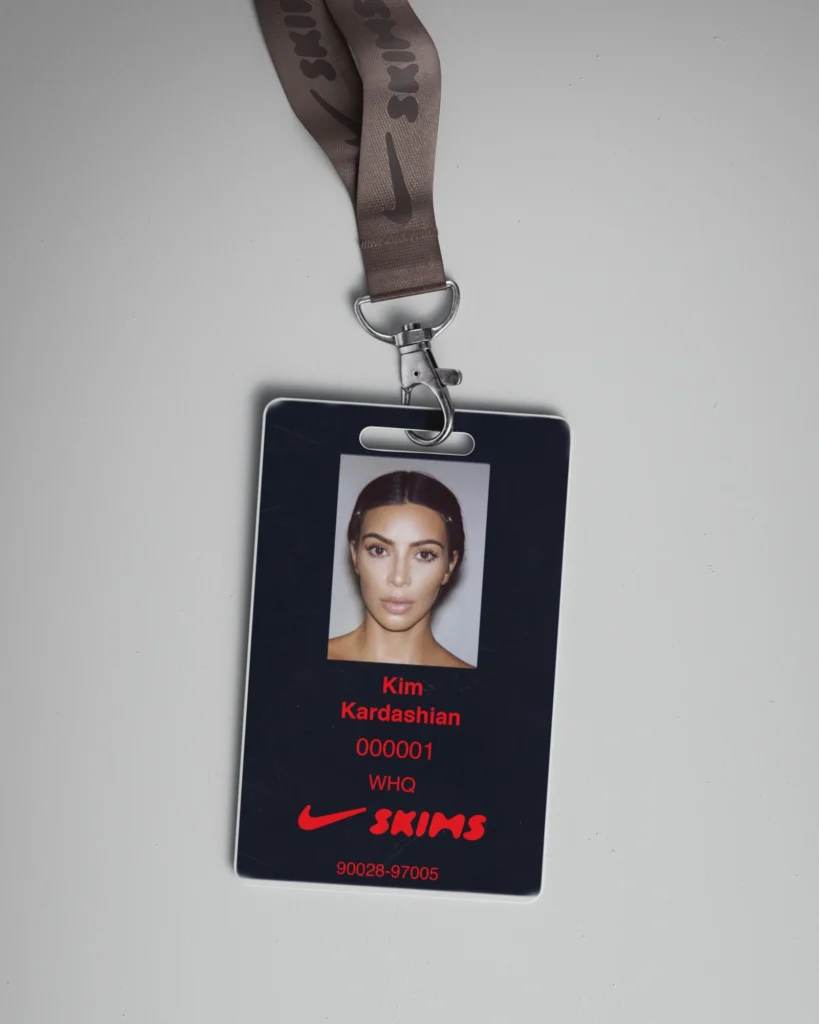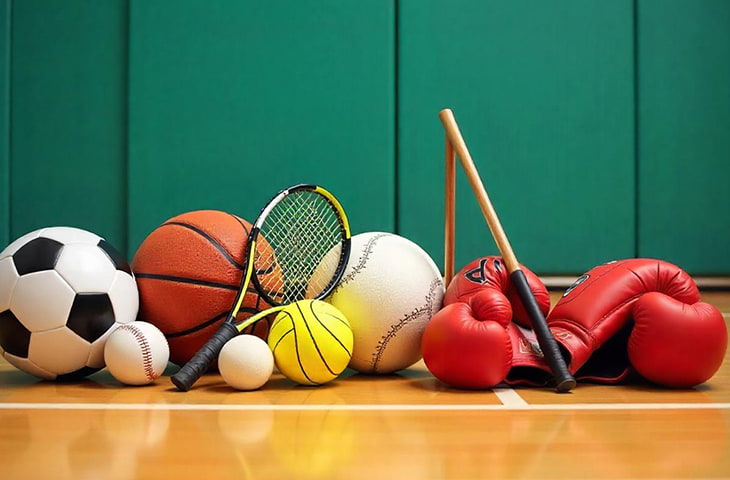Fitness & Fashion Collide: Sportswear Market On Track For $128b

A new market report shows how shifting lifestyles and consumer habits are fueling the global sportswear boom
The global sportswear market is projected to reach $128.41 billion by 2031, up from $102.64 billion in 2024, according to a new report from Valuates, as demand for activewear continues to expand beyond workouts and into everyday life.
The report comes as one major activewear brand, Fabletics, sets its sights on aggressive expansion. Over the next five years, the California-based company plans to double its sales by entering new categories and expanding internationally, co-founder Adam Goldenberg recently told Athletech News. Elsewhere in the space, Sodo Athletic Lab, an activewear brand backed by former NFL Pro Bowl wide receiver Sidney Rice, is relaunching as an upscale men’s-only label, while NikeSkims launched earlier this year to bring Kim Kardashian’s name to women athletes, offering a line of training apparel, footwear and accessories.
credit: NikeSkimsSo what’s behind that $128B projection? A mix of lifestyle shifts, changing consumer habits and evolving trends that are redefining what activewear looks like and who it’s for. Here are some of the biggest takeaways from the report:
The Upper (Garment) Hand
Upper garments like jerseys, compression tops and performance tees are powering much of the sportswear market’s growth, thanks to materials that prioritize comfort, performance and versatility. Designed with moisture-wicking, breathable and stretchable fabrics, such pieces are built for movement and fit seamlessly into everything from workouts to daily routines. As fitness activities like yoga, running and strength training become more mainstream, the call for functional tops continues to rise. The report also highlights how branded jerseys and sponsorships can amplify market visibility and deepen consumer engagement.
credit: Photo by Piotr Czirnia on UnsplashTeam Spirit, Retail Win
Amateur sports are another key growth driver, playing a major role in expanding the sportswear market by creating steady pull across age groups and regions. From school leagues to community clubs and rec teams, there’s a constant need for jerseys, footwear and gear. And unlike professional sports, amateur athletics drive repeat purchases thanks to regular training, seasonal updates and team-specific kits. The accessibility and lower cost of basic sportswear also help widen adoption, the report notes. On top of that, government and nonprofit initiatives promoting youth activity and community sports are boosting participation, further fueling demand.
credit: Photo by April Laugh on UnsplashFrom Workout to Way of Life
The growing focus on health and wellness is undoubtedly reshaping what consumers want and is resulting in increased investment in activewear. Consumers, particularly millennials and Gen Z, are building movement into their daily routines, whether it’s gym sessions, jogging or at-home workouts. It’s a shift that is pushing demand for performance gear that’s fashion-forward, flexible and built for mobility. The bottom line? With “sporty style” now a staple of everyday wear, sportswear is no longer just for athletes or gym-goers; they’re for everyone, anytime. At the same time, wellness influencers and fitness pros are helping brands reach more people through social media. Lastly, with wellness becoming more of a lifestyle than a passing trend, the market for sportswear is only getting bigger, Valuates reports.
Tailored for Her, Built for Growth
Rising female participation in sports and fitness is driving appetite for women-focused sportswear, pushing brands to invest in better fits, functional designs and a wider range of color options. The growing visibility of female athletes and fitness influencers is also shaping consumer behavior and broadening brand reach. Dedicated lines like sports bras, leggings and performance tops are helping companies tap into a new and historically underserved market while fueling global growth.
What’s more, the influence of activewear isn’t limited to what consumers wear at home, in the gym or at brunch—it’s also reshaping how they travel. One brand leading the charge is Gympak, a sustainable activewear startup that’s carved out a niche with its eco-friendly kits designed for hotels and fitness-focused guests. Several leading hospitality groups have partnered with Gympak to offer its guests wellness bags stocked with a t-shirt, shorts, sports bra, socks and a pair of elastic workout shoes—all made from performance-ready materials and available in four sizes. The t-shirt and shorts can be custom-branded with the hotel’s logo, and each item is designed to be washed and reused up to 100 times.
The post Fitness & Fashion Collide: Sportswear Market on Track for $128B appeared first on Athletech News.


